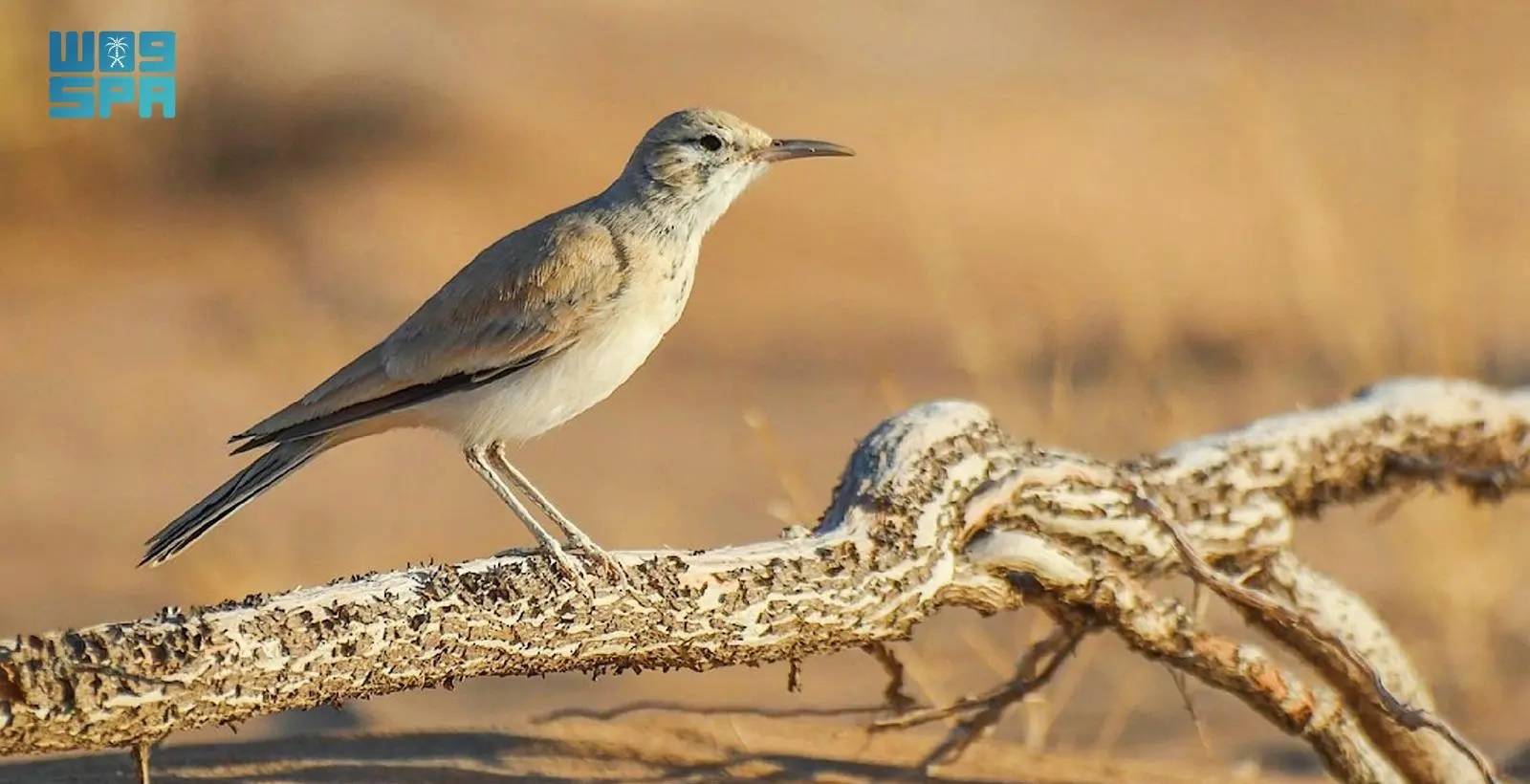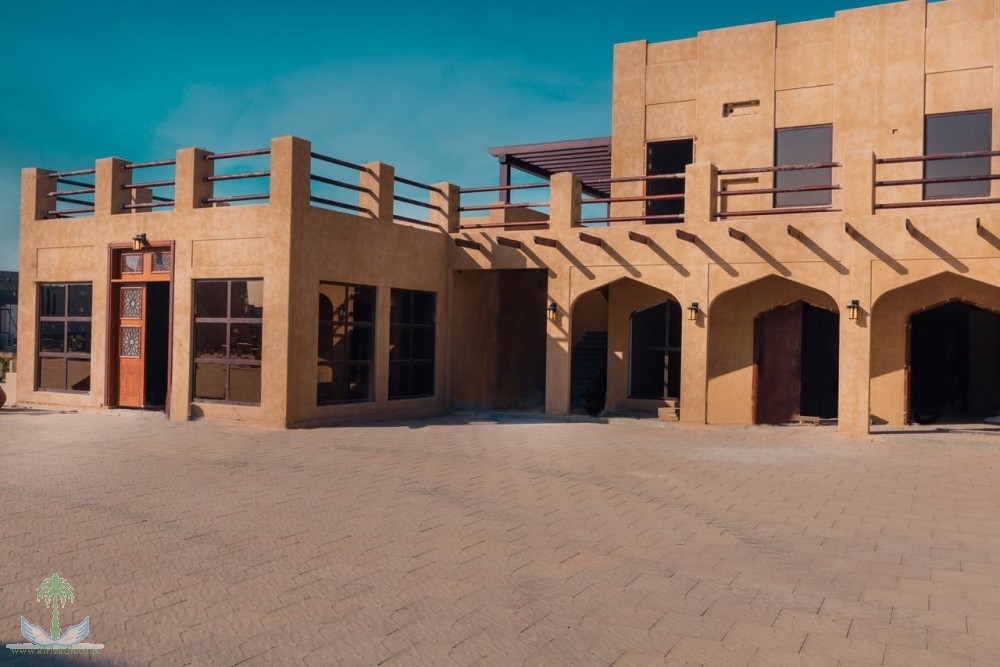
Desert Birds: Masters of Adaptation Amid Environmental Challenges
Desert birds represent one of the most remarkable examples of biological adaptation, having demonstrated a unique ability to survive in harsh environments characterized by water scarcity, extreme heat, and significant temperature fluctuations between day and night.
These birds possess physiological and behavioral traits that enable them to survive and reproduce in harsh climatic and environmental conditions. They minimize water loss through their skin and lungs, reduce activity during periods of extreme heat, and rely on moisture-rich food sources such as insects and fluid-containing seeds.
Some species resort to long-distance flight in search of food and water, while others seek shelter in rocky crevices or hollows of desert trees to avoid direct sunlight.
Among the most prominent and well-known desert bird species are the houbara bustard, Egyptian vulture, larks, eagles, and other birds of prey such as hawks and owls.
Despite their high adaptability, desert birds face growing challenges due to climate change and the decline of vegetation cover in certain areas, particularly in protected and ecologically vital habitats for both migratory and resident species.
The Kingdom of Saudi Arabia, through various relevant entities such as the National Center of Wildlife (NCW), is working to protect desert biodiversity by launching environmental initiatives, designating protected areas, rehabilitating natural habitats, and continuously monitoring the status of bird species and other wildlife.








